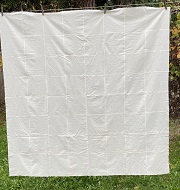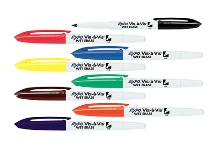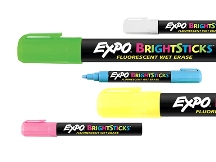Double Mystery Quilt Supply List
Double Mystery Quilt - Yardage Amounts
To view the
Double Mystery Quilt Fabric Requirements
in a pdf file
Click Here
Base Quilt Fabric(s)
We are going to be constructing this quilt in a different way.
We are going to make a "base quilt" in the usual manner using simple free hand quilting. After that is done, we will begin to embellish the base quilt with raw edge applique and other quilting techniques.

I recommend that the fabric for the "base quilt" - both the quilt top and the base quilt backing - be unbleached muslin or any other plain, solid or mottled light colored fabric.
Don't worry about the quilt back! In the class I will show you how to apply a "false back" to your quilt. The false back can be regular, printed, quilt fabric. We will be talking about this in the class. I would suggest to wait to get the false back fabric until you quilt top is under construction. Once you see how your quilt top is developing, you can choose your backing fabric.
Click on the photo for a larger view. And yes, I know, it's going to take a heap of quilting to make that plain fabric look like an "artsy - fartsy" quilt! And we CAN do that!
Raw Edge Applique Fabric(s)
We are going to be using several / many different fabrics for the raw edge applique on this quilt top. This would be a great time to look into your stash, your scrap bag and check out your fat quarters to find fabrics that can be used.
There are no specific fabric measurements needed for this quilt. This will be a bit like "flying by the seat of our pants" when it comes to the fabric, but trust me, this will all work out.
We are going to use brown fabrics (think tree bark) and green fabric (think grass) and possibly other fabrics for other embellishments. I don't want to give too many more hints about the quilting.
We will be talking about this in much more detail in the class.
Other things you will need to complete
the class project
Piecing
You will need basic sewing supplies and basic sewing/quilting skills to piece the quilt top.
Quilting
Thread - Use whatever thread works in your quilting machine.
Because this is a Mystery Quilt, I don't want to say too much about the thread colors, but you will need -
- a matching thread for the quilting on the base quilt.
- we will be needing different colors of thread for the raw edge appliqué and embellishment. Variegated thread colors will work well, especially in brown and green tones. Other thread colors will work well and you can be creative about the threads you can use.
Markers
We are going to making some guide lines on the quilt top.
On the white / light fabric, I recommend using Crayola Washable Markers. These markers will disappear after you wash the quilt with warm water and detergent. The marker will NOT disappear with water ONLY.
You can use any marker you prefer to make the guide lines needed in this project.
Plexiglas for Quilting Designs
If you would like to practice your quilting before stitching, I HIGHLY RECOMMEND that you get a piece of clear Plexiglas that will fit in the workspace of your quilting machine. (Plexiglas of this size should be about $15 or less.)
Before using the Plexiglas, take either masking or duct tape (which now comes in many different colors) and place it over the cut edges of your piece of the Plexiglas. The tape serves two purposes. 1) It protects the edges of the Plexiglas. Sometimes the edges can be a little sharp and could scratch you or tear the quilt. 2) The tape will also make a boundary or edge around the Plexiglas. This will prevent you from drawing off the edge of the Plexiglas.
For a FREE video on how the Plexiglas works Click Here
You will then use markers - I recommend the Vis-a-Vis markers, available at all "big box" office supply stores, for marking on the Plexiglas. (Note: the Vis-a-Vis markers usually have 5 in a package and cost less than $10.) The marker is removed using a damp paper towel. See below left.
For marking on Plexiglas on top of dark fabric, I have found that the Expo Bright Markers work very well. See below right.
Both of these markers can be purchased in major office supply stores such as Staples, Office Depot, Office Max, etc. They can also be purchased online.
Click on any photo for a larger view and slide show
REMEMBER this is a LEARNING project! This project does not need to be perfect. World peace does not depend on perfect piecing or quilting!!

